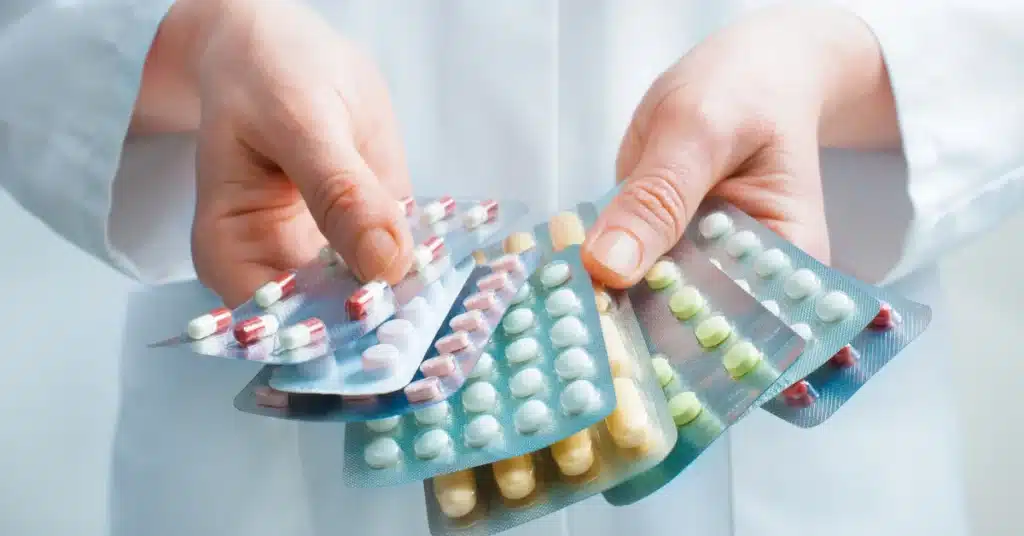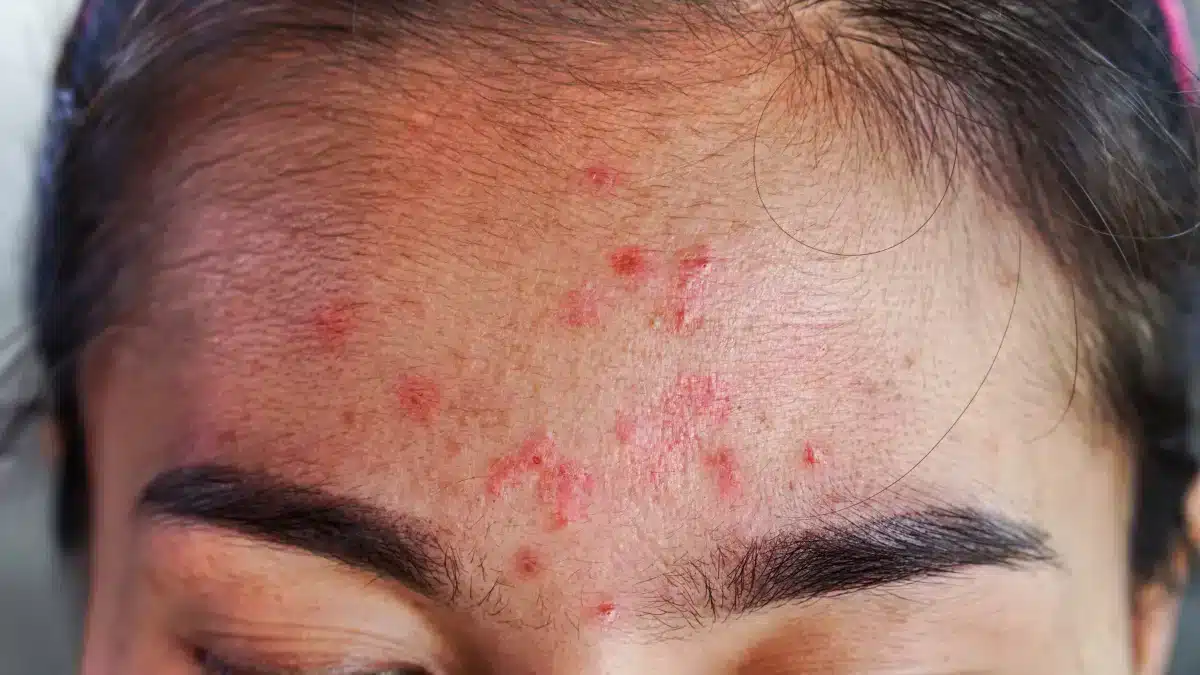Uncovering Trichomoniasis Bumps: Causes, Treatment Options, and Preventions
Trichomoniasis is one of the common STIs that is caused by the Trichomonas vaginalis parasite.
It can lead to the development of small red bumps or sores in the genital and pelvic regions.
These bumps may cause discomfort, itching, and redness.
It is important to recognize this symptom can be an indicator of the infection.
This article will uncover the details of Trichomoniasis bumps, exploring their diagnosis and available treatment options.
We will also discuss some preventive methods to help alleviate the risk of transmitting infections.
Causes of Trichomoniasis bumps
The Trichomoniasis parasite is transmitted through sexual activity with an infected partner.
It leads to the manifestation of various symptoms, including the appearance of bumps.
The immune system may also play a role here.
Individuals with suppressed immune systems may be more susceptible to Trichomoniasis symptoms, including the development of bumps.
A weakened immune response may allow the parasite to proliferate more easily.
This may result in noticeable skin lesions.
Diagnosis and medical guidance
Diagnosing Trichomoniasis-related bumps involves a comprehensive examination by a healthcare professional.
Testing for Trichomonas vaginalis is typically performed through a microscopic examination of genital swabs or urine samples. It confirms the presence of the parasite.
In some cases, advanced molecular testing methods like NAATs may be employed.
NAATs target the genetic material of the parasite, providing a highly sensitive and specific diagnostic approach.
Once diagnosed, healthcare providers can offer appropriate guidance and treatment.
Treating Trichomoniasis

The primary class of drugs used for treating Trichomoniasis-related bumps is antibiotics.
Metronidazole and Tinidazole are commonly prescribed antibiotics effective against the infection.
These drugs effectively target and eliminate the Trichomonas vaginalis parasite.
During the course of antibiotic treatment and for at least three days after the last dose, individuals are advised to abstain from consuming alcohol.
Managing symptoms
While antibiotics target the underlying infection, symptomatic relief may be achieved through additional measures.
For example, over-the-counter creams or ointments may help alleviate itching or discomfort associated with bumps.
Preventive measures
There are some preventive measures that can be taken to reduce the transmission of Trichomoniasis.
It includes the following:
Partner treatment
Since Trichomoniasis is a sexually transmitted infection, it is essential for sexual partners to undergo testing.
Simultaneous treatment of both partners helps prevent reinfection and reduces the risk of transmission.
Consistent and proper condom use

Proper and consistent use of condoms during intimate activity can significantly alleviate the risk of transmission.
Condoms act as a barrier. It helps prevent direct contact with genital fluids that may contain the Trichomonas vaginalis parasite.
Follow-up testing
After finishing the prescribed course of antibiotics, follow-up testing may be recommended.
It will help ensure the successful eradication of the Trichomonas vaginalis parasite.
This step is crucial for addressing any potential concerns of persistent infection.
Open communication
Open and honest communication with intimate partners about sexual health is crucial.
Discussing STI testing and being aware of each other’s STI status contribute to informed decision-making about engaging in intimate activities.
Conclusion
Trichomoniasis bumps typically present as small, red sores in the genital and pelvic regions. It may cause discomfort, itching, and redness.
These bumps are a direct result of the Trichomonas vaginalis parasite, transmitted through sexual activity with an infected partner.
Diagnosing Trichomoniasis-related bumps involves a thorough examination, often through microscopic analysis or NAATs.
Antibiotics, such as Metronidazole and Tinidazole, are the primary treatment options, effectively targeting and eliminating the parasite.
Prevention is key and involves partner treatment, consistent condom use, and follow-up testing.
Staying informed contributes significantly to the overall management of Trichomoniasis and its associated symptoms.
Frequently Asked Questions
What is the cause of Trichomoniasis bumps?
Trichomoniasis bumps are primarily caused by the parasitic infection Trichomonas vaginalis. This infection is transmitted through sexual activity with an infected partner. Individuals with suppressed immune systems may be more susceptible to developing these bumps.
How to treat Trichomoniasis-related bumps?
The primary treatment for Trichomoniasis-related bumps involves the use of antibiotics. Commonly prescribed antibiotics such as Metronidazole and Tinidazole. These drugs effectively target and eliminate the Trichomonas vaginalis parasite. During the antibiotic treatment, individuals are advised to abstain from consuming alcohol.
What are the diagnostic tests for Trichomoniasis?
Diagnosing Trichomoniasis-related bumps requires a complete examination by a healthcare professional. Testing for Trichomonas vaginalis is typically performed through microscopic examination of genital swabs or urine samples. In some cases, testing methods like Nucleic Acid Amplification Tests (NAATs) may be employed.
What are the preventive measures for Trichomoniasis?
Preventive measures for Trichomoniasis include partner treatment, where sexual partners undergo testing and receive simultaneous treatment. Consistent and proper condom use during sexual activity significantly reduces the risk of transmission. Follow-up testing after completing the prescribed antibiotic course is also recommended.
WowRx uses only high-quality sources while writing our articles. Please read our content information policy to know more about how we keep our content reliable and trustworthy.






